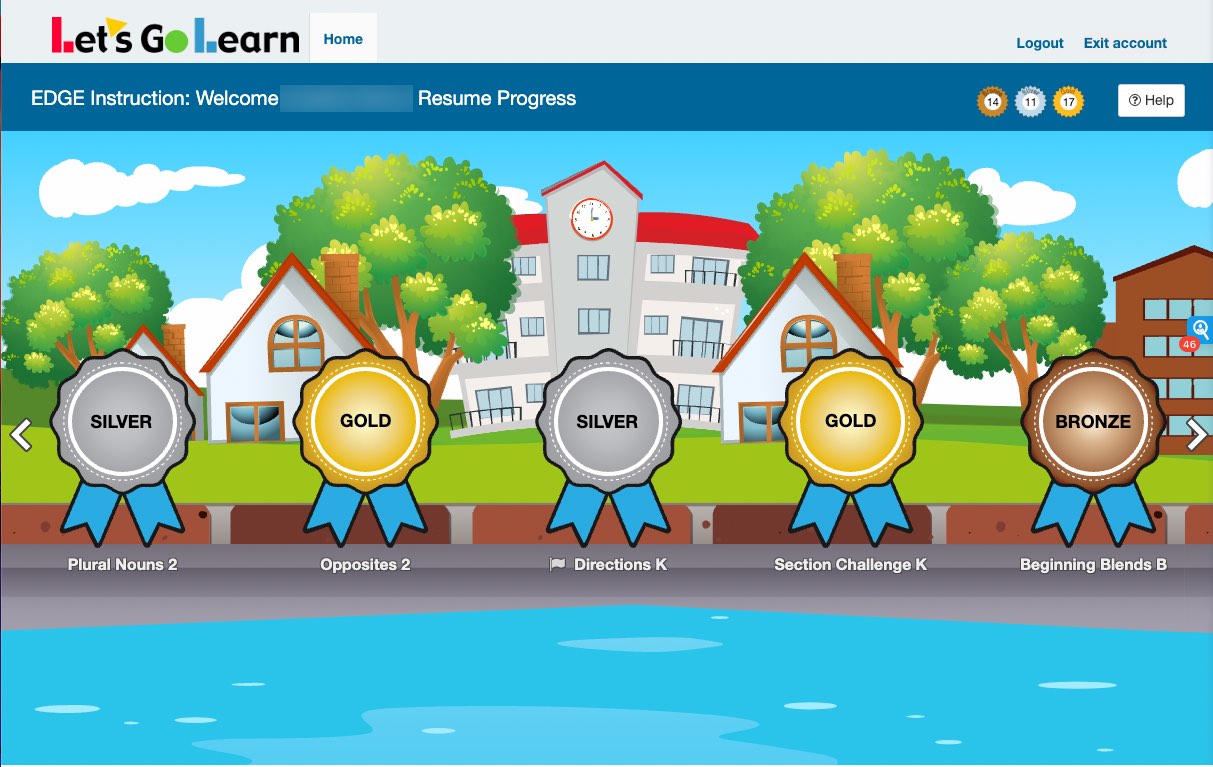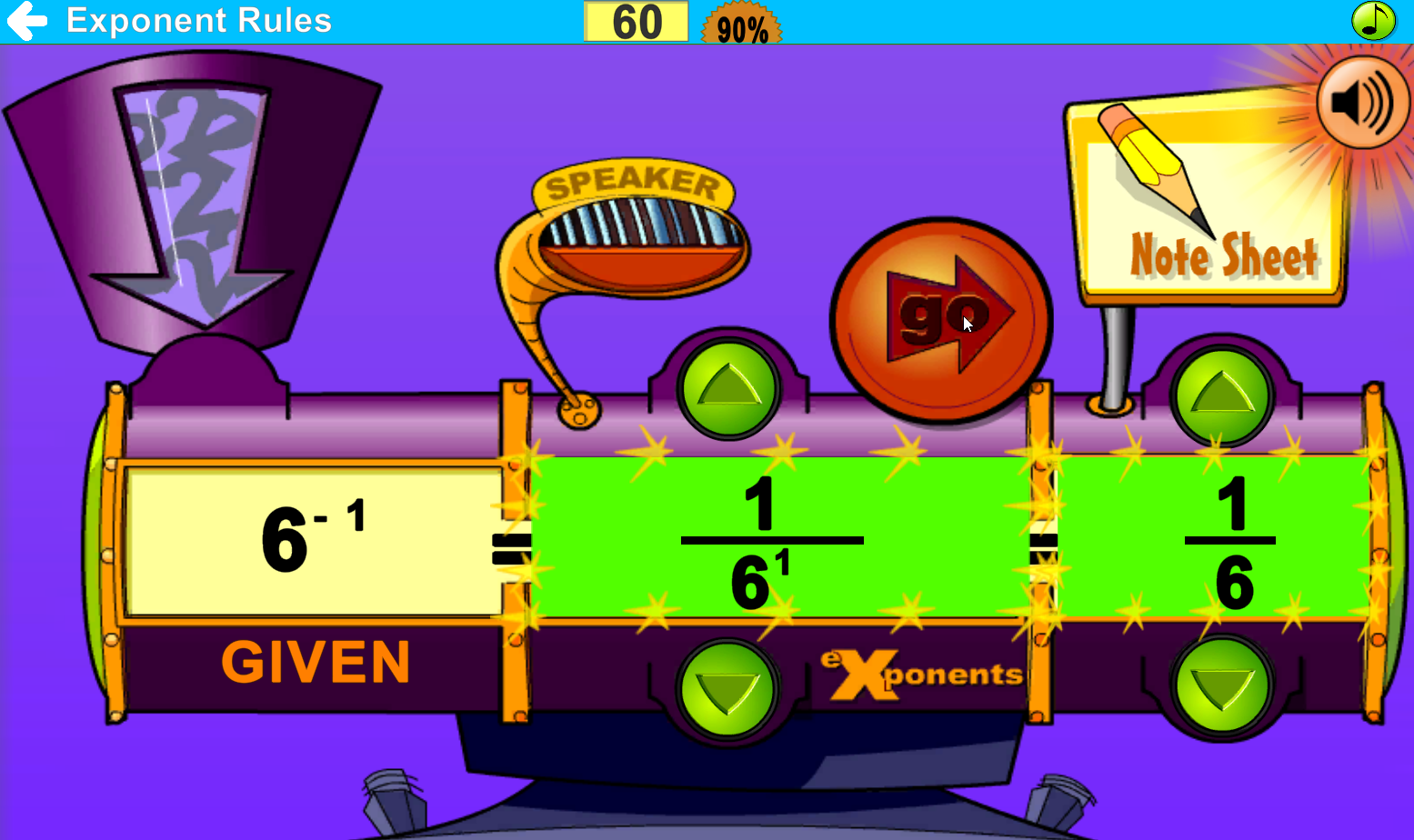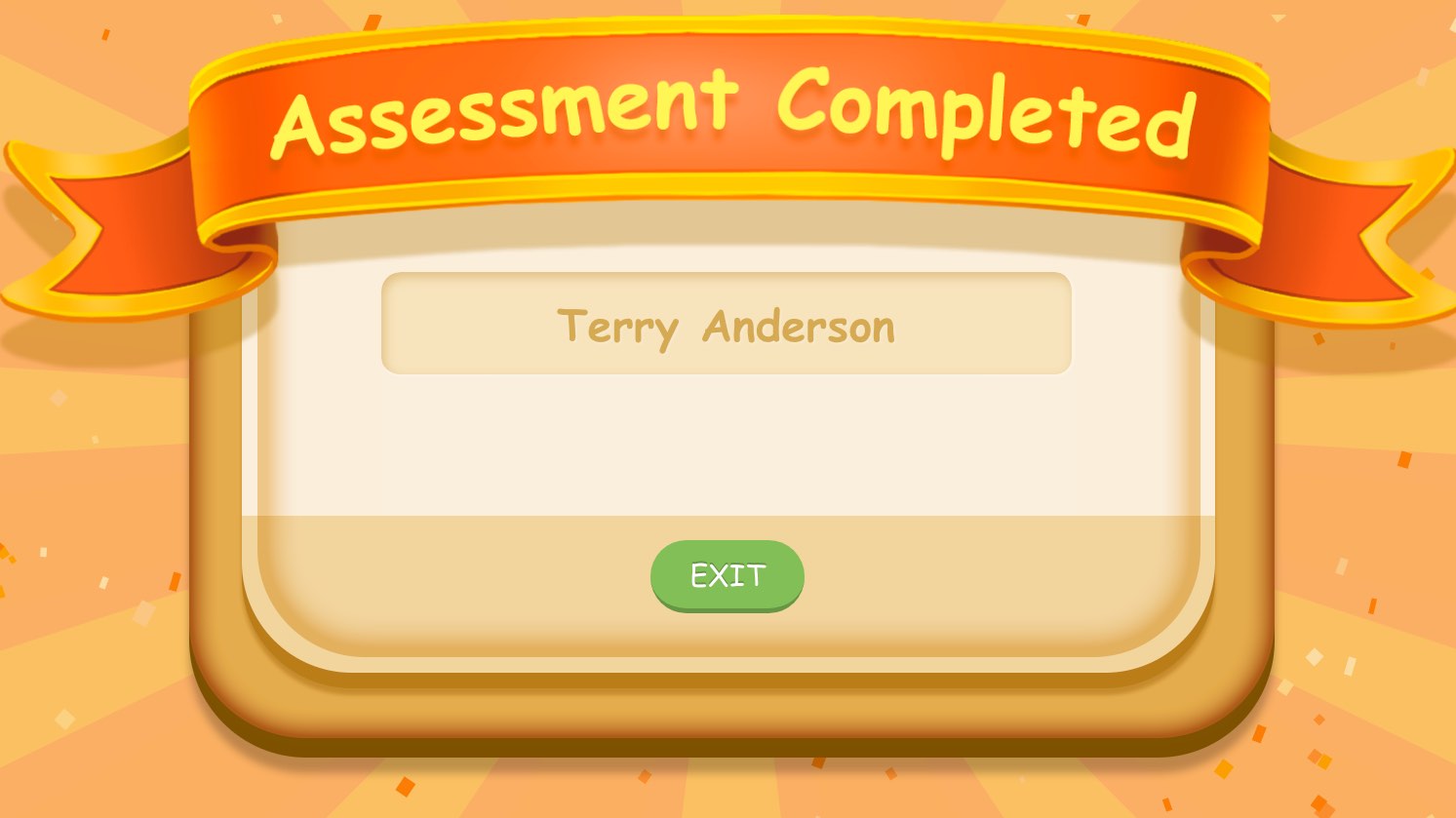Gamification In Education
Gamification in education is a concept that combines elements of game design and mechanics with educational content and experiences, with the ultimate goal of improving student engagement, motivation, and learning outcomes. By integrating game-like features such as points, levels, badges, leaderboards, and challenges into educational activities, gamification seeks to make the learning process more enjoyable, interactive, and immersive. It harnesses the inherent characteristics of games that captivate and motivate players, such as clear goals, immediate feedback, a sense of progression, and the ability to take on challenges at one’s own pace. Gamification in education aims to transform the traditional classroom setting into a dynamic, interactive environment that sparks curiosity, fosters collaboration, and empowers students to take an active role in their own learning. It leverages technology and digital tools to create innovative learning experiences that enhance student engagement, promote critical thinking and problem-solving skills, and cultivate a lifelong love of learning.
Importance Of Incorporating Gamification In Educational Settings
One of the key benefits of gamification is its ability to increase student motivation. When students are immersed in a game-like environment, they become more motivated to achieve the desired outcomes. The elements of competition, rewards, and levels of accomplishment create a sense of achievement and drive students to engage actively in the learning process.

Additionally, gamification promotes student engagement. Traditional lectures often fail to capture students’ attention for extended periods. However, incorporating gamified elements allows for interactive and immersive experiences that draw students in and foster deeper engagement. Students become active participants in their learning journeys, leading to increased focus and interest in the subject matter.
Examples Of Popular Game Elements Used In Educational Games
Educational games have gained popularity both for their ability to entertain students and for their effectiveness as learning tools. Several game elements commonly found in popular games have been incorporated into educational games to enhance learning experiences and increase motivation for learners.
One popular game element found in educational games is the use of points. Points can be awarded to players for correctly answering questions or completing tasks. They serve as a measure of progress and accomplishment, providing immediate feedback and motivation to strive for a higher score.

Badges are another element commonly used in educational games. Badges are visual representations of achievements or milestones reached within the game. They serve as a form of recognition and can be earned by completing specific tasks or mastering certain skills. Badges not only provide a sense of accomplishment but also act as motivators to encourage further engagement with the game.
Levels are a fundamental element found in both popular and educational games. They function as a progression system, with each level presenting increasingly challenging content or tasks. Advancing through levels creates a sense of achievement, encouraging students to continue playing to reach higher levels.
Leaderboards add a competitive element to educational games. They display the scores or achievements of players, allowing learners to compare their performance with others. Leaderboards can foster a sense of healthy competition and inspire players to improve their skills and climb up the rankings.
Progress bars are visual representations of progress within the game. They provide learners with a clear indication of how much they have completed and how much remains. Progress bars help with goal setting, tracking achievements, and maintaining a sense of progression and accomplishment.
These elements provide immediate feedback, recognition of achievements, a sense of progression, and a competitive aspect to enhance the learning experience.
Benefits Of Using Gamification In Education
Let’s Go Learn, a leading diagnostic company, recognizes the immense benefits of gamification in education. Gamification offers numerous advantages that significantly enhance student engagement and motivation. The incorporation of game elements into the learning process–such as challenges, progress tracking, and recognition of achievements–encourages students to participate actively in their own learning and develop a sense of ownership over their education.

One key benefit of gamification is its ability to increase student engagement. Traditional learning methods often fail to capture students’ attention, leading to a lack of focus and interest. However, when game elements are integrated into the curriculum, students become more immersed in and excited about their education. Challenges and interactive tasks create a dynamic learning environment that stimulates curiosity and encourages active participation.
Another advantage of gamification is the ability to track progress. By using Let’s Go Learn, teachers can easily monitor students’ performances, identify areas of improvement, and provide personalized feedback. This level of progress tracking allows students to visualize their learning journeys, set goals, and measure their achievements, creating a sense of accomplishment and motivation to continue their educational path.
Moreover, gamification promotes the recognition of achievements. By implementing reward systems, such as badges, levels, or leaderboards, students are motivated to strive for excellence and take pride in their accomplishments. This acknowledgment reinforces positive behavior, boosts self-confidence, and fosters a sense of community among learners.


Leave A Comment